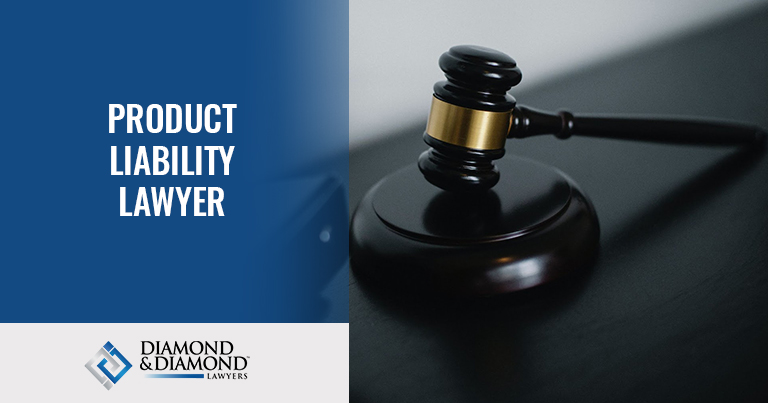When a product is faulty as a result of poor design or manufacturing procedures, it can cause property damage, significant accidents, and human harm. A corporation can be held liable for the damage they create if they cut corners or otherwise fail to deliver a safe product.
If you have been injured in an unforeseeable accident resulting from an item you purchased, you may be entitled to compensation. You have legal recourse as a product user if the product causes you harm. Those who have been injured as a result of dangerous or faulty items may be entitled to compensation.
What is Product Liability Law?
According to Ontario civil law, a distributor or manufacturer of products bears a duty of reasonable care toward third parties if the distributor or manufacturer knows that without this proper care in creating or using the items, it would cause harm to the property or life of a third party.
Product Liability Lawyer
A product liability lawyer has two roles: prosecuting persons and corporations that have developed a product that has harmed you or your family and defending you if you have been accused of producing a product that has harmed you or your family. A lawyer can help you decide whether you should take your dispute to court or try to handle it outside of court.
Not all personal injury attorneys are competent to represent clients in product liability cases. If the person or corporation that made the item is determined to be at blame, penalties and perhaps criminal charges may be imposed, depending on the extent of the harm caused. If found not guilty, this party will be free of charges and will not be required to pay anything.
The Canada law of product liability is complicated. If you have been hurt by a faulty product, you should seek legal advice. An expert product liability attorney can assist you in moving forward swiftly and ensuring that your claim is submitted before the statute of limitations expires.
Elements of Product Liability Lawsuit
To be successful in a product liability case, the victim must be able to show that the following three components are present:
- The product was hazardous or faulty in an unreasonable way.
- The victim sustained an injury. Medical documents, pictures, and hospital bills should be collected by the injured person to show the injury occurred and to document its severity since the degree of harm may influence the sort of damages the victim receives.
- The product fault was to blame for the injuries.
The victim must show that the defendant’s carelessness or activity caused his or her damage. The product’s designer, producer, or merchant may be held responsible for the victim’s injuries, depending on the circumstances.
Negligence
Anyone engaged in the design, production, or distribution of a product has a responsibility to ensure that it is safe. If one of these people fails to take reasonable care and causes damage as a result of their actions or inaction, he or she may be held responsible. Design flaws, thoughtless mistakes in product production, and failing to notify customers of a product’s risks are all examples of negligence claims under Canadian product liability law.
A product liability lawyer is similar to a personal injury lawyer, but not all personal injury lawyers are qualified product liability lawyers. Trust only the lawyers who can be both. Contact Diamond and Diamond to seek legal counselling if you have suffered an accident due to a faulty product.
Strict Liability
Regardless of guilt or purpose, strict liability lawsuits hold a manufacturer, supplier, or retailer liable for damage caused by a faulty product. Suppose a product is found to be unreasonably harmful to consumers, and a consumer is injured as a result of using it. In that case, the simple fact that the product is faulty is enough to hold the responsible parties accountable in a court of law.
Breach of Warranty
A breach of warranty occurs when one party violates their own guarantee. Breach of warranty claims could arise under product liability law when manufacturing companies, suppliers, or distributors fail to fulfil an express or implicit promise to customers that a product is defect-free.
“Read the reviews of the products to dig deep about it and explore any potential pitfalls before making a purchase.” 
Pro Tip














